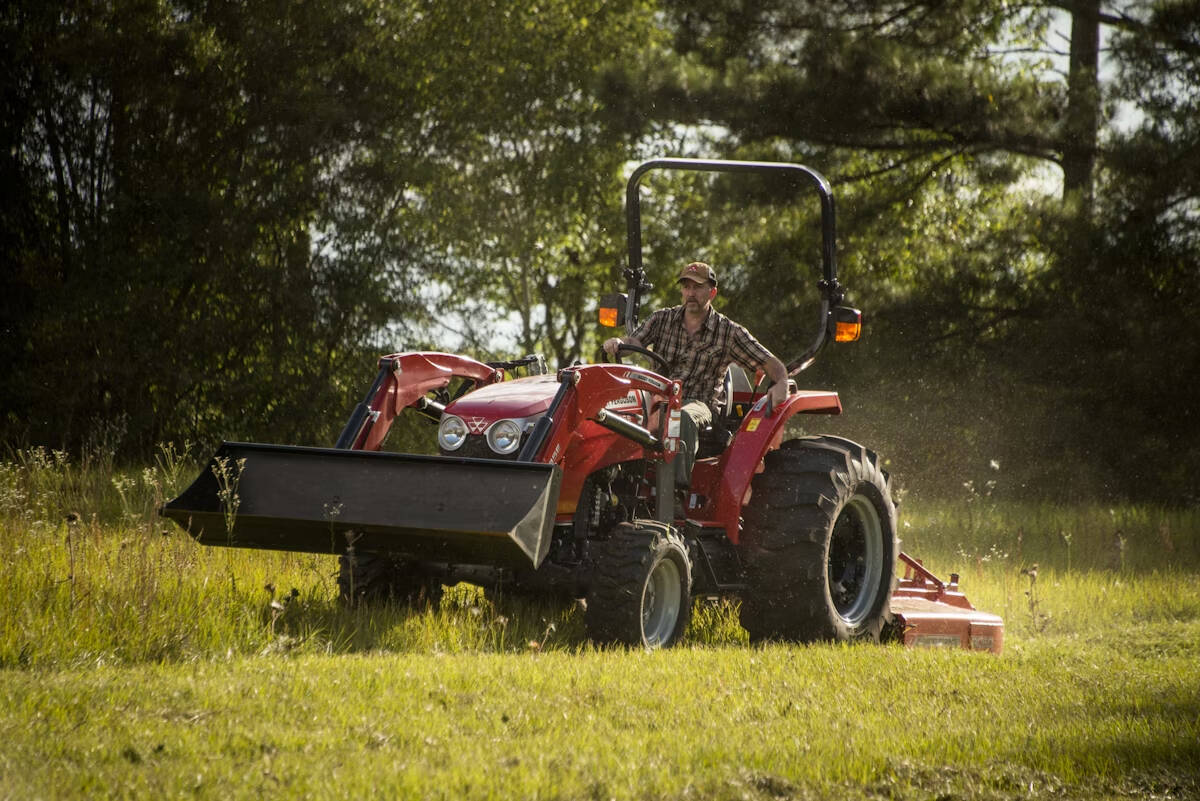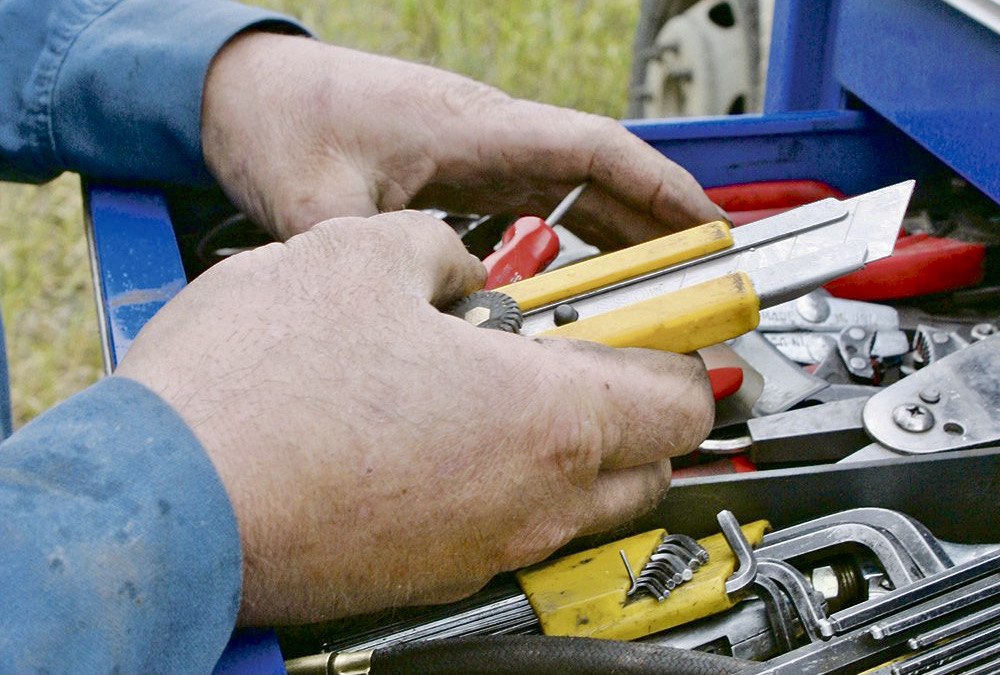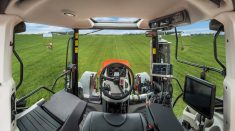Glacier FarmMedia – U.S. President Joe Biden has issued an executive order on a farmer’s right to repair equipment.
Biden signed the order July 9 that asks the Federal Trade Commission to force large manufacturers, including tech companies and agricultural equipment makers, to let consumers repair their own devices or use the technician of their choice.
The executive order included 72 specific provisions meant to address “economic consolidation” in multiple sectors.
Read Also

Agco settles legal dispute with TAFE
Agco and Tractors and Farm Equipment (TAFE) from India announced July 1 that they had settled their legal dispute, which began in 2024 over local ownership of the Massey Ferguson brand name and other concerns.
- Why it matters: As equipment has become more complex, farmers and manufacturers in North America are clashing over how equipment is repaired and who can perform the task.
The new rules will “increase competition in agricultural industries to boost farmers’ and ranchers’ earnings, fight back against abuses of power by giant agribusiness corporations, and give farmers the right to repair their own equipment how they like,” said White House press secretary Jen Psaki in a July 6 briefing.
They will also include rules that will make it easier for farmers to bring and win claims against chicken processors and will define conditions under which meat can bear “Product of the USA” designations.
John Schmeiser, chief executive officer of the Western Equipment Dealers Association, said the announcement is all politics because there is no need for right to repair laws in the agriculture sector.
“I’m not surprised that we’re seeing this because it was part of the Democratic Party national platform,” Schmeiser said.
“They are following their platform as opposed to looking at what’s happened in the industry where the industry has solved the problem.”
He said the right to repair movement in the U.S. started with appliances and smartphones and then found a group of disgruntled farmers who didn’t like waiting for a service technician to provide them with an error code.
“It’s unfortunate that an outside party with no knowledge of how our industry has worked has lumped farm equipment into their issue,” Schmeiser said. “We got drawn into somebody else’s fight.”
The executive order will likely give authority to the U.S. Federal Trade Commission to develop the right to repair rules. The FTC released a report earlier this year that suggested changes to state and federal law in that regard.
Schmeiser said right to repair laws are not needed for the agriculture sector because members provide farmers and third-party mechanics with everything needed to fix farm equipment.
“The industry commitment is fairly strong because the manufacturers do currently provide farmers, contractors, independent third-party repair shops with the ability to access the diagnostic tools, special tools, and… access training, parts and any additional resources that they need to repair the equipment,” Schmeiser said.
However, a right to repair advocate says there are gaps in the available tools and in some cases they are not made available.
Nathan Proctor leads the right to repair campaign for the U.S. Public Interest Research Group, which examined the repair tools provided by ag equipment manufacturers.
“In February we looked at what repairs the repair tools would actually do and we found that there’s a whole set of repairs that they don’t let you do, and then we called dealerships to buy them or to see what their pricing was and they refused because they said they weren’t available,” Proctor said.
Some agricultural machines are reliant on software and tools that only manufacturers can access.
“My sense is that it’s in their financial self-interest to have control over the service for the product,” Proctor said.
“Modern computing systems allow them to design the products such that they can control the tools to fix it, and that’s exactly what they’re doing. Unless we stand up they’ll keep doing it.”
Schmeiser said it is unsafe for third parties to use the software designed by manufacturers because they could alter maximum road speeds or compromise braking and emission systems.
The United Kingdom, European Union and Australia are considering or have enacted their own versions of right to repair laws in the past few months.
In Canada, Liberal MP Bryan May introduced Bill C-272, a private members bill that focuses on the digital lock provisions in Canada’s Copyright Act, which enables equipment manufacturers to restrict access to device firmware needed to run diagnostics and perform repairs.
Bill C-272 passed second reading in the House of Commons in June and has been referred to the Standing Committee on Industry, Science and Technology.
However, the bill will likely have to be reintroduced if a fall election is called.
Robin Booker is a reporter for The Western Producer. This article was previously published on its website.














